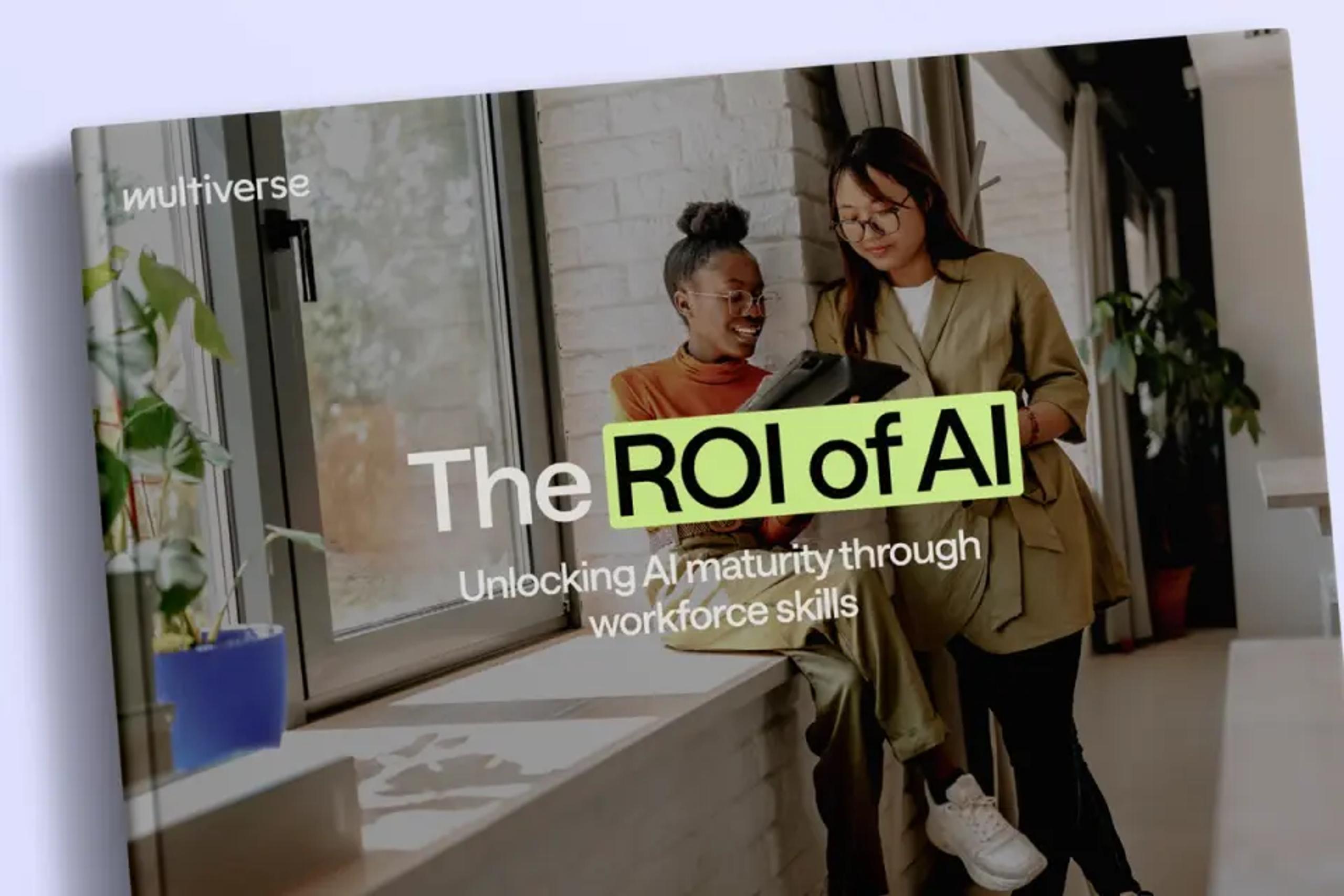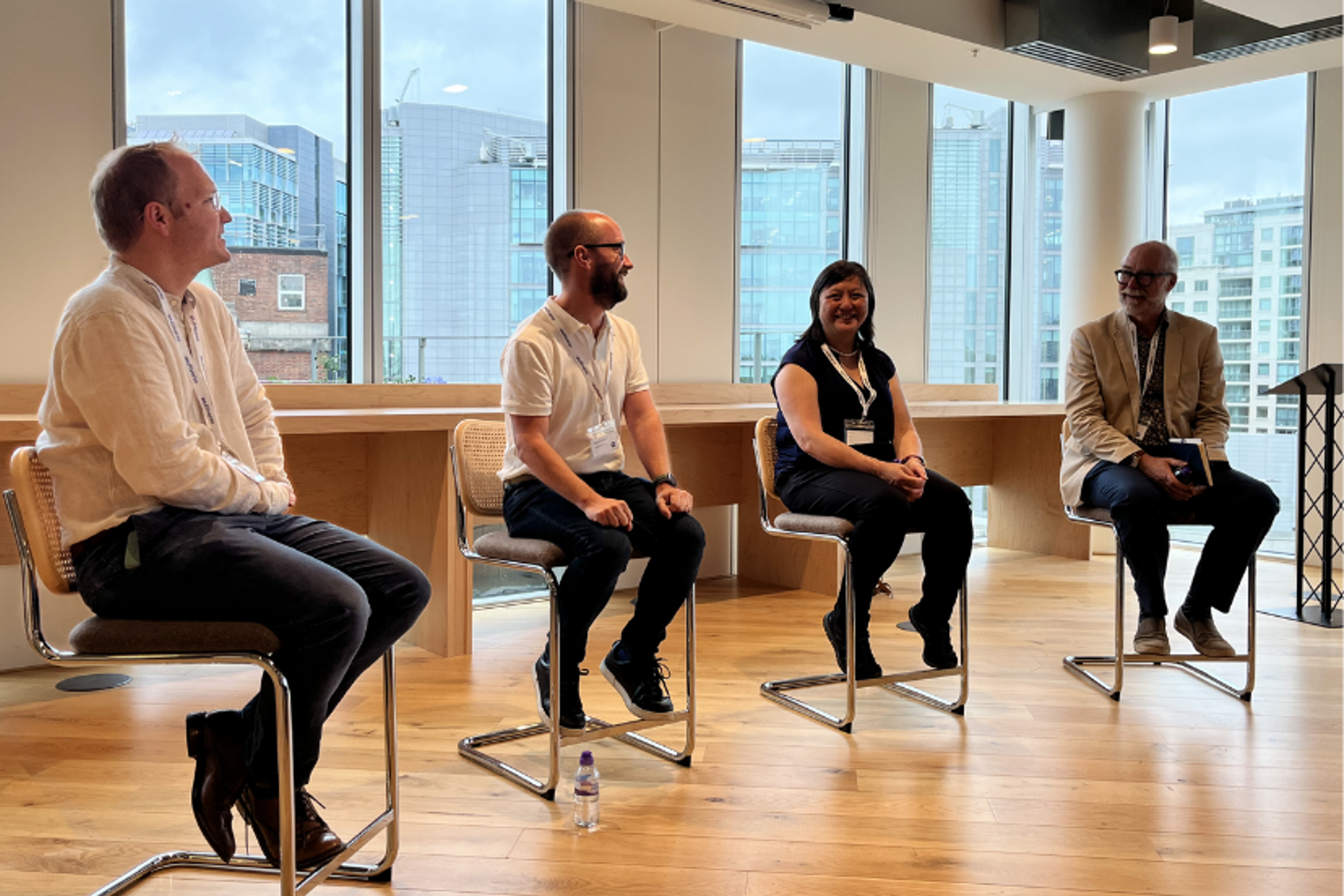Data transformation often falls short of expectations, putting organisations in danger of stagnation. Data leaders share their perspectives on how to set your initiatives up for success.
The digital era has ushered in a wave of disruption, demanding organisations rethink how they operate and make decisions. At the heart of this revolution lies data transformation, a concept that has evolved from buzzword to business imperative.
Data transformation has the potential to redefine the very DNA of an organisation, bridging the gap between traditional ways of working and new emerging technologies and skillsets. However, the journey to successful data transformation is anything but easy, with a staggering statistic that 70% of data transformations fall short of their goals, according to research by McKinsey(opens new window).
In order to achieve tangible results, an organisation must reach the ‘tipping point’(opens new window). In the report, McKinsey outlines that 7% of your workforce must become data literate and employ best practices for the organisation as a whole to see compound benefits and for the culture to permanently change. While the exact number may be debated, one thing is for certain: goal setting is a key ingredient to achieving success.
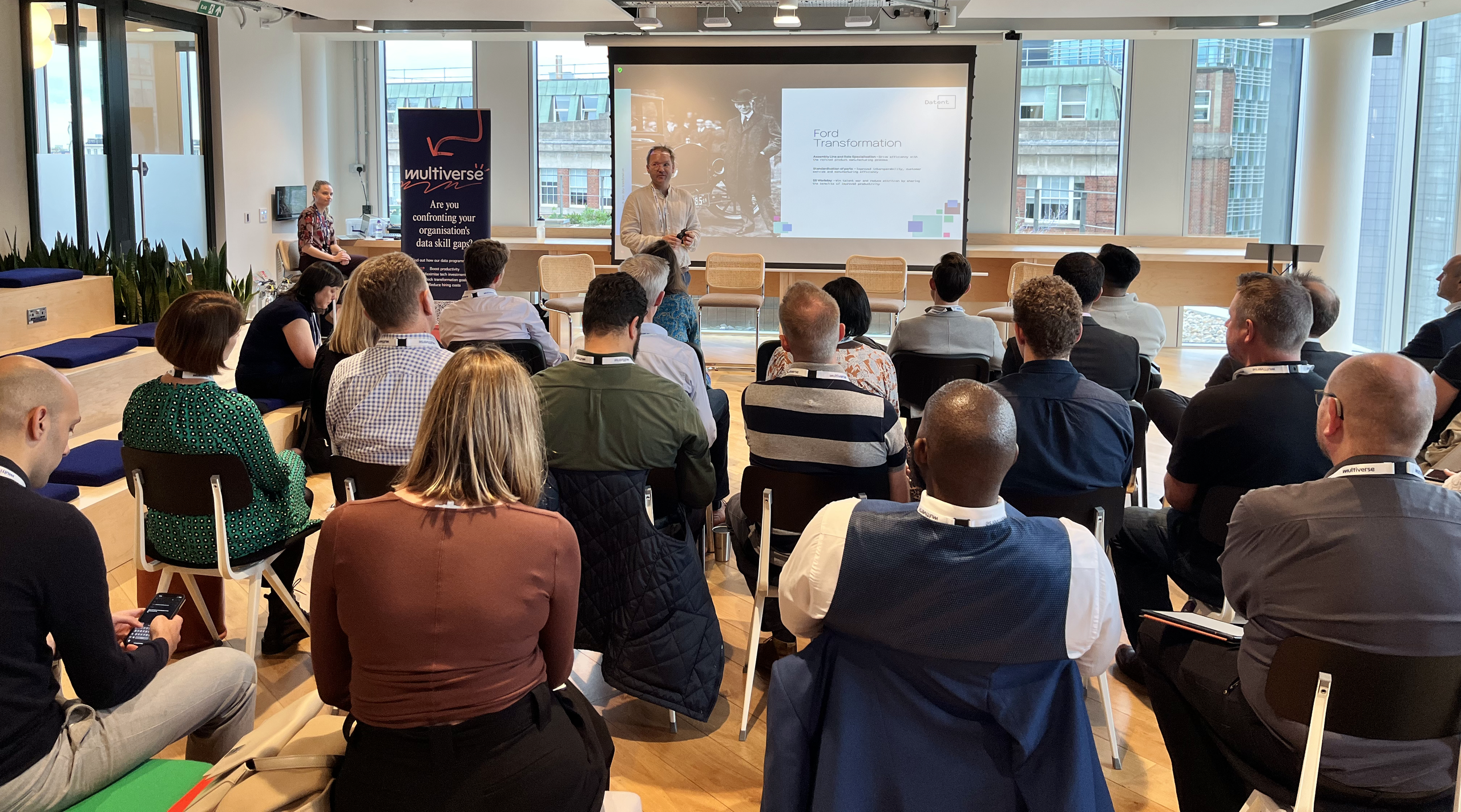
How can organisations reach the tipping point? This question was at the centre of our latest event – “Finding the Tipping Point for Data Transformation at Scale”. We brought together senior leaders across data and tech to share their experiences and learn from the expertise of their peers. Our panel was composed of: Benny Benford(opens new window), ex-CDO of Jaguar Land Rover (JLR) and current Founder & CEO at Datent, Ming Tang(opens new window), Chief Data and Analytics Officer at NHS England, and Dan Kellett(opens new window), Chief Data Officer at Capital One. The conversation was facilitated by David Reed(opens new window), Chief Knowledge Officer and Evangelist at DataIQ.
Here are their five biggest tips:
Start now with an agile mindset
Change is the only constant and waiting for the perfect conditions to embark on a data transformation journey is a recipe for failure. Our speakers all agreed - start your journey now and don’t be afraid to pivot.
Dan’s advice is to “be the one to say ‘I believe in the importance of transformation’ and take the risk today. You’ll never have everyone agree with you and so you need to make a decision and commit – day after day.”
1. Start now with an agile mindset
Starting with a plan is essential – having it written down all in one place and sharing across teams and departments allows for engagement and buy-in. However, with the changing nature of technology and constantly evolving business landscapes, David noted that transformational leaders caution against rigid plans and consciously build flex into their plans.
He also called out how legacy organisations can be more risk averse which makes the concept of agile or accepting failure hard. How you position and communicate the transformation initiative is essential in getting leadership and individuals on board with change.
Ming put NHS England’s transformation efforts into action by creating the necessary infrastructure and capability to drive progress. She relied on giving ownership, providing space for experimentation, and embracing failure as an opportunity to learn. She emphasised the importance of giving people that freedom to fail faster and communicate when it happens to normalise it. She said “Learn how to fail and what to do when it happens. Change happens all the time. Be passionate but have the ability to reflect, accept, and keep going. You’ll continue to fail if you don’t”. When this type of culture is encouraged and a psychologically safe environment is cultivated, you start to see change. Individuals feel more confident in their role and are empowered to test out their ideas.
This sentiment is echoed by Dan who explained the significance of striking a balance between innovation and business-as-usual. To protect innovation, companies must have a commitment to adopting new techniques and approaches. Transformation only occurs when there is both a willingness to adapt and learn new skills, and time set aside to prioritise these efforts each week. It also requires a deliberate effort to reposition your mindset from incremental shifts year over year to what will transform the business in 3+ years’ time.
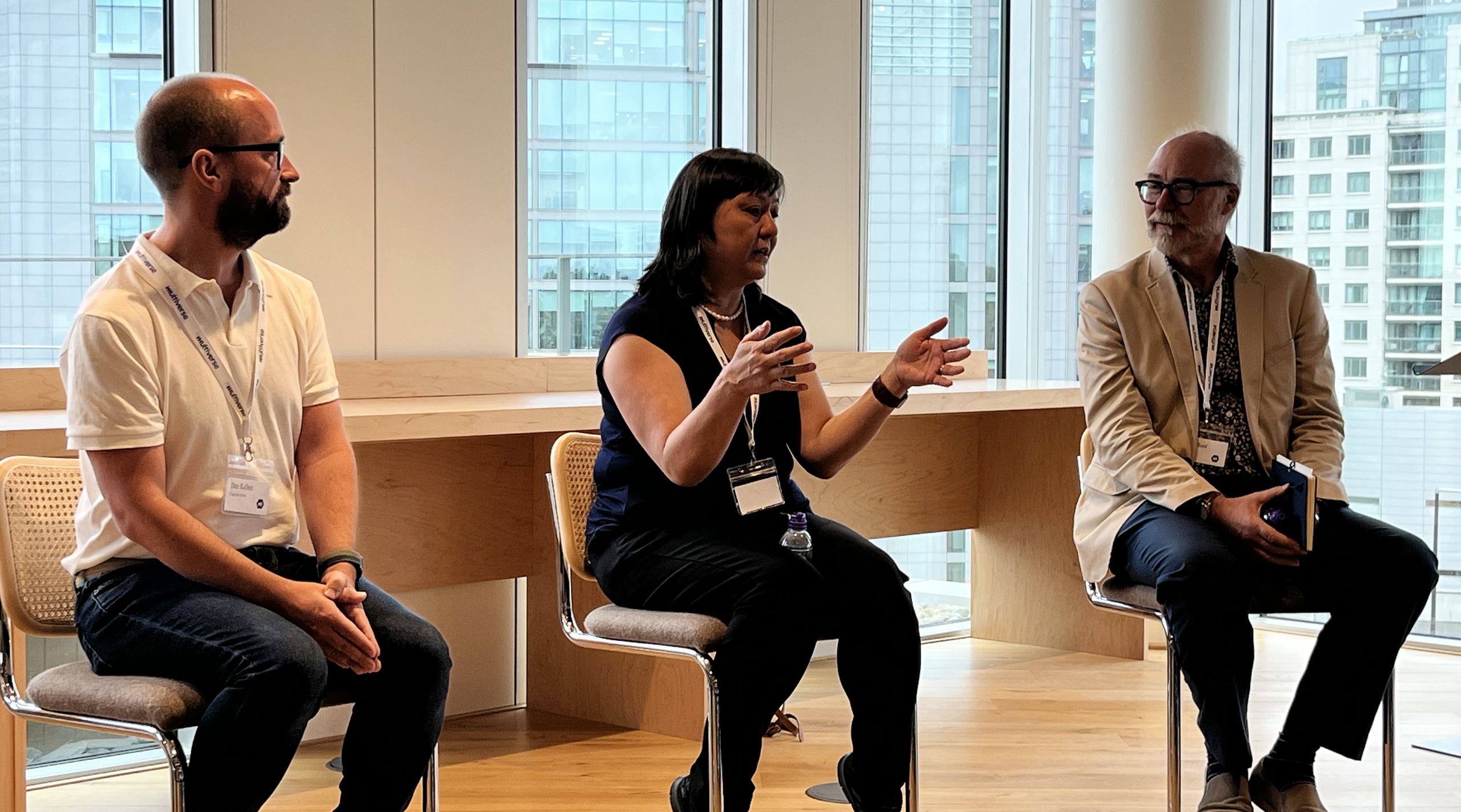
2. Go beyond your “data teams”
In Benny’s view, organisations fail to reach the tipping point due to misplaced focus. They only invest in the development of data teams or data tools instead of rethinking the broader capabilities of the workforce. While this approach might strengthen that vertical, it sets the stage for data silos as the broader organisation is left untouched.
Data silos have wide ranging consequences: wasted resources, reduced return-on-investment and impaired decision-making. As a leader, your role is to identify and remove these barriers to meaningfully create change.
Data transformation works at scale when it goes across the organisation and down into teams – also known as “T-shaped” transformation. This helps cultivate broad capabilities across many areas of the business including Finance, Marketing, Operations, Legal, etc. while still encouraging specialisation and enhanced skill sets where needed.
With this approach, data literacy and fluency become pervasive, ensuring that everyone understands the value and potential of data in their roles. It helps break down silos and encourages collaboration and learning, as individuals see how their work contributes to the bigger picture.
3. Don't do it alone
Getting value from digital transformation requires collaboration and alignment between key roles, including Chief Data Officers (CDOs), Chief Technology Officers (CTOs), and Chief Transformation Officers, alongside the wider senior leadership team.
CDOs, with their deep understanding of data and its potential, can guide the organisation towards leveraging data as a strategic asset. CTOs can provide the technical expertise and infrastructure required to support the business's data-driven initiatives. Chief Transformation Officers tie the value and projects across the business. When these roles collaborate, they create a powerful partnership, ensuring that transformation is not limited to isolated pockets but permeates every aspect of its operations.
Involving the wider senior leadership team is vital for driving cultural change and breaking down departmental silos. Transformation cannot be solely driven by data teams or technology departments; it requires a collective effort and a shared vision that works its way into cross-functional team and business objectives.
David highlights how there are usually many transformation projects going on in large organisations simultaneously and that calling out “data” front and centre can isolate or scare people away. Outlining that the company is focused on business transformation as a whole and that data is one part of the change can help get out of the “data team responsibility” mindset and help leaders think more broadly about the opportunities available.
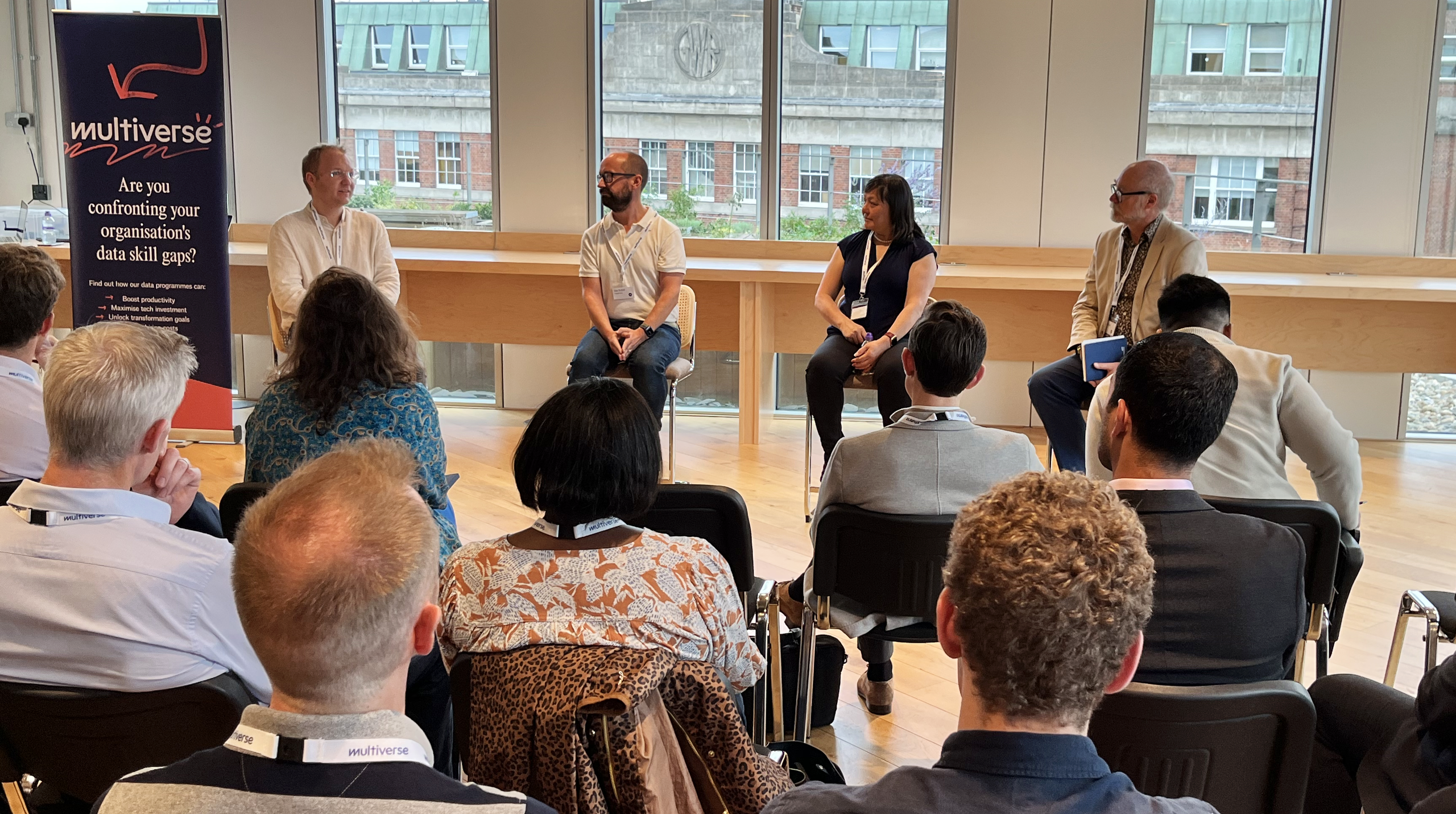
4. Focus on value
Getting the whole team on board can be tricky, especially in legacy organisations, who may be more risk averse or are used to doing things a certain way. But as Benny underlined – big leaps only happen when we try new ways of working. The drawback is that those experiments might only work 20% of the time. So how can you ensure the company stays motivated and sees the potential? Focus on the value data transformation brings.
Start with quick wins. In JLR’s case, that was semi-automation in reporting, which saved a bit of time each week and freed up time for experimentation. Demonstrating measurable improvements warms the wider business to the idea of innovation and slowly changes the collective mindset. From there, those small stories become larger in size and scale, transforming the entire workforce. For example, a single apprentice was able to identify production inefficiencies leading to 600 extra cars(opens new window) produced per week.
Benny shared that “Transformation starts and ends with people. People want the opportunity to learn and are excited by it – organisations are holding them back. When individuals build new skills, they become more motivated, and a more motivated workforce fosters growth.”
This is also where programmes leveraging project-based learning shine. Providing opportunities for individuals to apply their learning to real-world scenarios not only enhances their capabilities but also generates ROI for the business. Rather than apprenticeships being seen as additional work, Dan recommends asking individuals for their day-to-day problems and tying back projects to improve their experience. Follow Capital One’s footsteps – they conducted 100 qualitative and quantitative interviews to understand which areas of their business needed improvement the most. Matching business needs with individual opportunities for growth can improve employee satisfaction and retention as they see how their work translates to business outcomes.
Ming also talked about the value of highlighting apprentices – which can motivate others who fear they may be missing out. “Learning is infectious. Learning on the job, coaching, applying skills to projects, it’s why people like being on Multiverse programmes” she explained. This fortuitous cycle not only enhances the skills of individuals but increases individual satisfaction while also fostering a culture of continuous improvement and growth within the workforce.
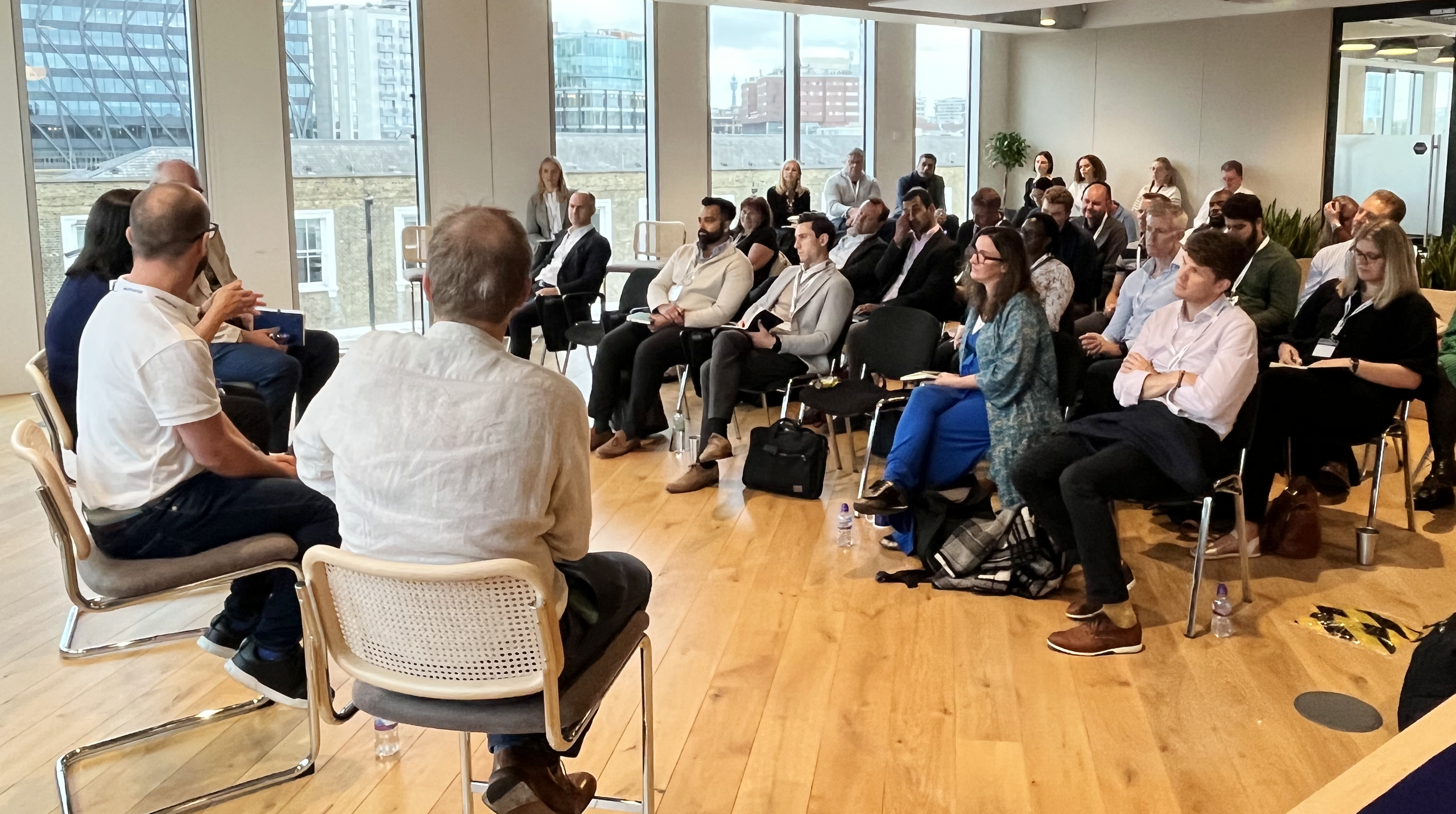
5. Learn from your peers
In the past 25 years, there have been massive transformations for both consumers and businesses – including the Internet, focus on Big Data, and now generative AI. David highlights how external influences will constantly force organisations to change or fail. No organisation has the right to assume it will continue to exist – it needs to adapt.
But that can be hard. Transformation, data, and tech roles have drastically changed over the last decade in what is required of them. One way to overcome this is to learn from your peers, join networking sessions and exchange your experiences.
Check out our on-demand webinars to explore the topic of skills gaps and digital transformation further. If you’d like to join our next in-person event, get in touch!
